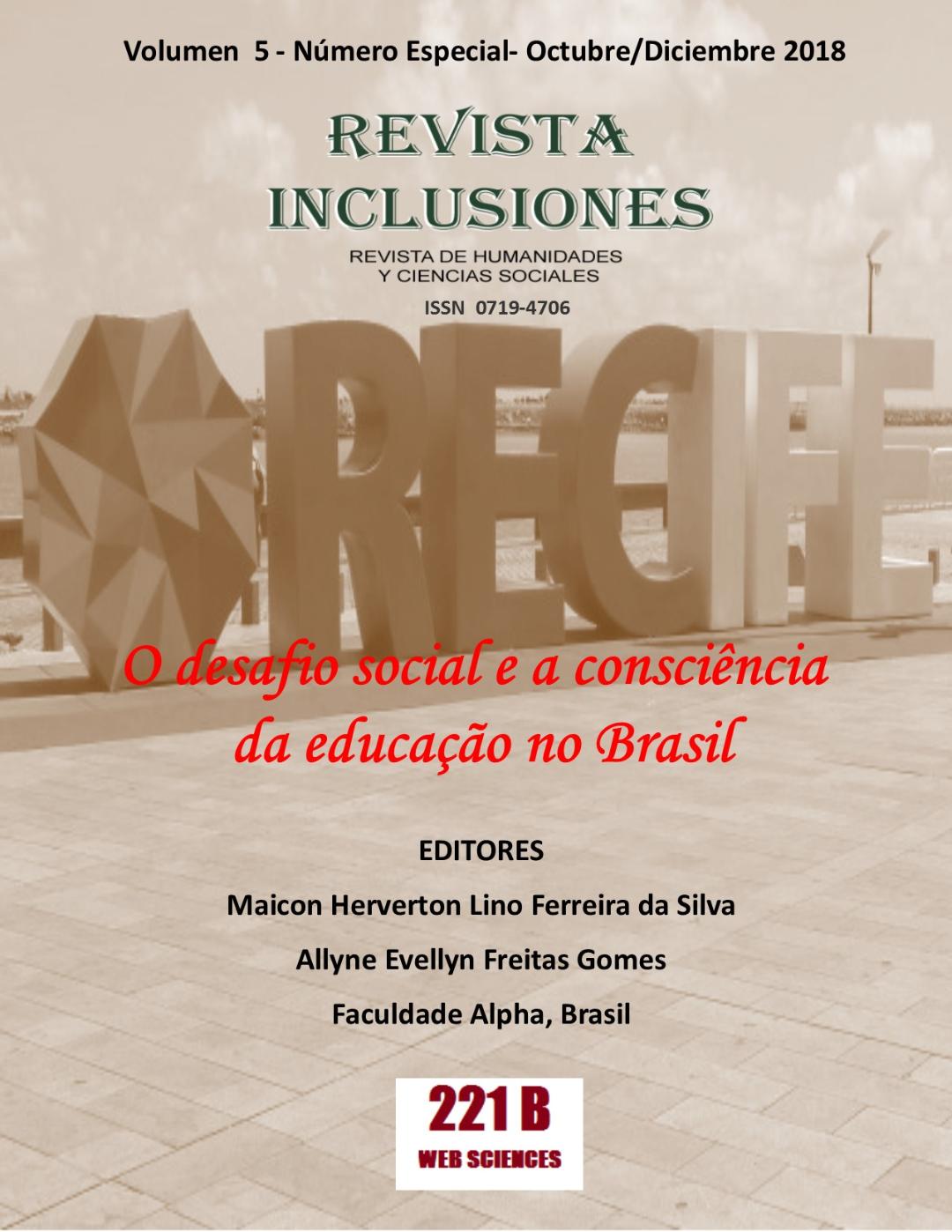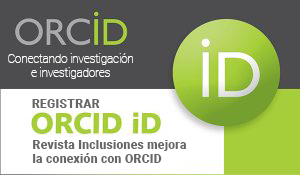MATHEMATICAL ANXIETY: IDENTIFICATION AND PEDAGOGICAL PRACTICES
Keywords:
Mathematics, Teaching, Aversion, DidacticsAbstract
Those who work with the teaching of mathematics are constantly confronted with students in a state of high anxiety, which places the teaching-learning process as a barrier, bringing a barrier between the student and the comprehension of the content. This feeling is produced, perhaps, by a distanced approach to practice, which does not allow the student to relate mathematical knowledge to everyday experiences. The purpose of this article is to establish the causes that contribute to this anxiety to mathematics and to show suggestions for a teaching of this discipline that is more practical, showing itself to be meaningful to students and enabling them to reason from situations that involve their routine and experiences. The text presents the probable consequences of the use of a methodology that does not insert in its processes the existence of a mathematics present in the daily life, resulting that it is essential to use a didactic full of meanings for the student and being a useful tool for the professionals who deal with this discipline, through teaching.
Published
How to Cite
Issue
Section
Los autores retienen los derechos de autor y otorgan a Revista Inclusiones el derecho de publicación bajo Creative Commons Attribution 4.0 International (CC BY 4.0). Esto permite el uso, distribución y reproducción en cualquier medio, siempre que se otorgue la debida atribución al autor.











